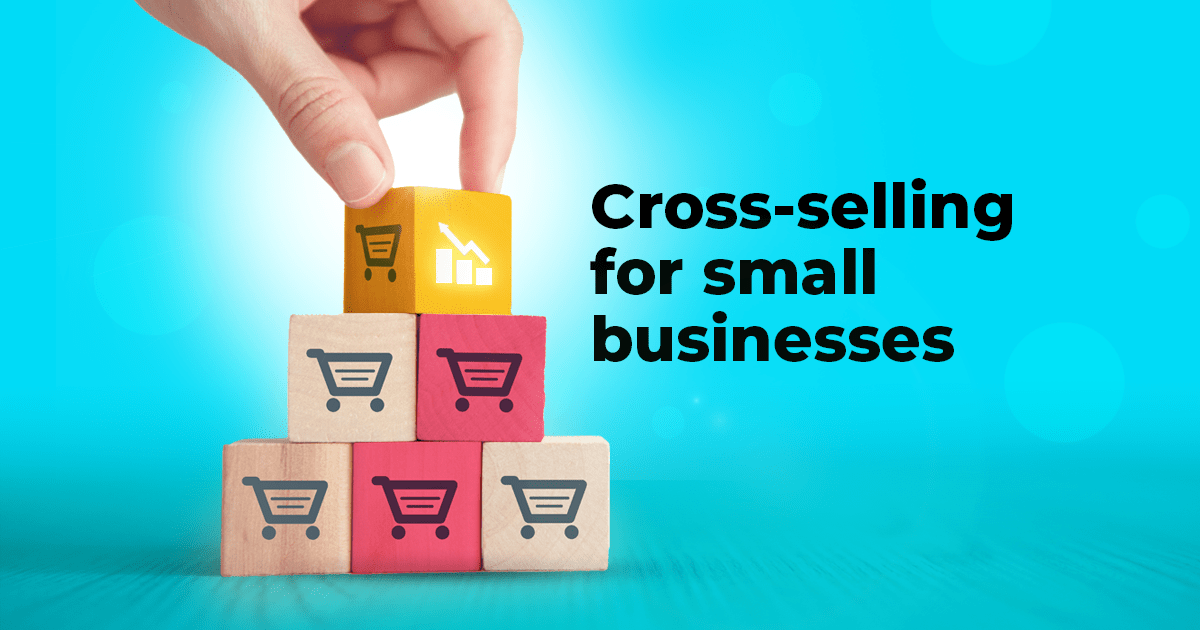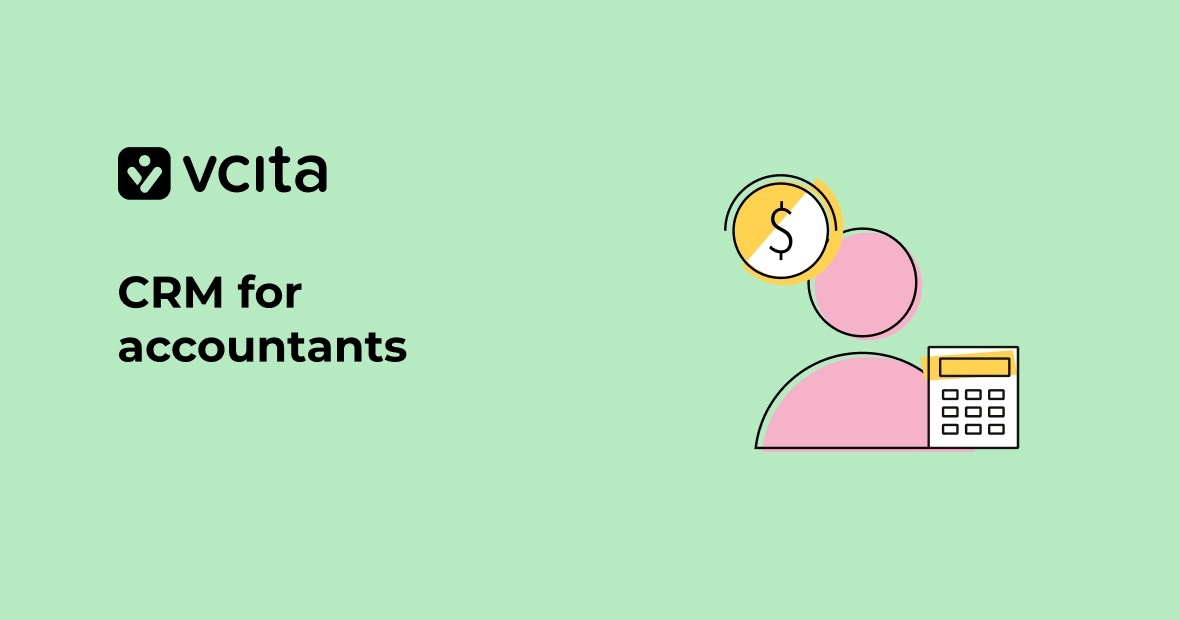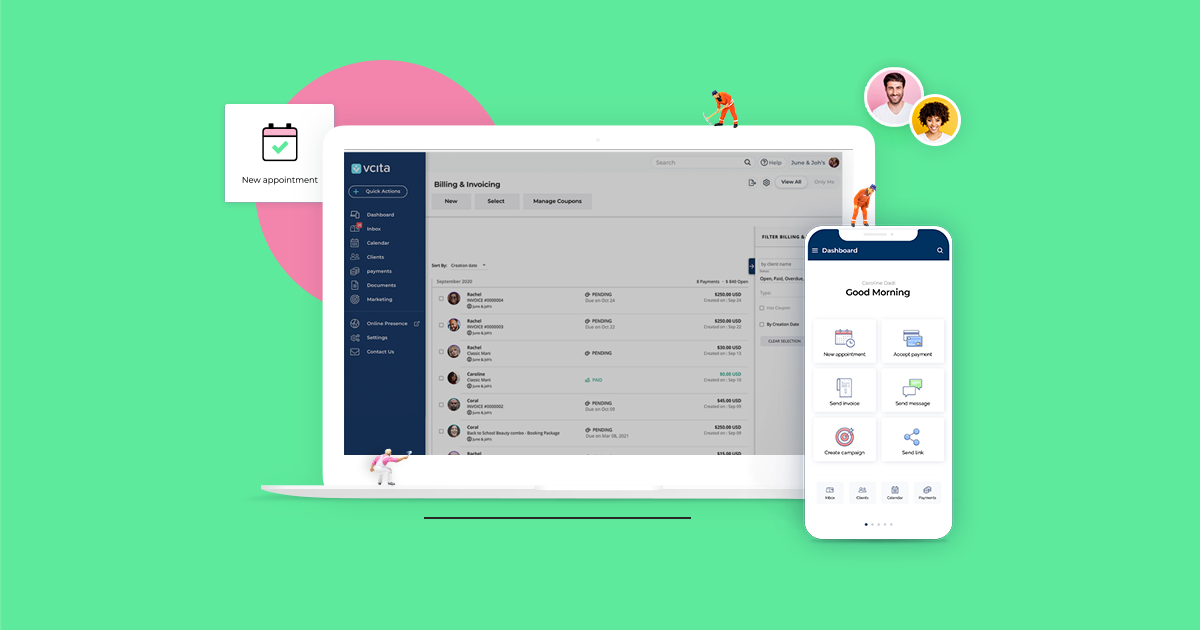Have you been leaving money on the table without even realizing it? If you’re not cross selling to your current customers, the answer is probably yes.
Cross selling is one of the most powerful yet underutilized strategies for boosting your bottom line.
As a business owner, you’ve already invested heavily in acquiring each customer. So why not maximize the value of those hard-won relationships? By cross selling complementary products and services to your existing customers, you can increase sales, build loyalty, and strengthen your brand – all while maintaining your profit margins.
In this article, you’ll learn the secrets to becoming a cross selling master. You’ll discover how to analyze your customer data to uncover cross selling opportunities, craft persuasive offers, train your team, and integrate cross selling into your sales process for big results. By the end, you’ll be armed with a cross selling action plan tailored to your business and ready to boost revenue.
The power of cross selling
Cross selling is one of the most effective ways to boost your bottom line without increasing client acquisition cost. By offering complementary products and services to your existing customers, you can expand your sales and build loyalty at the same time.
As a business owner, you already have your customers’ attention and trust. Leverage that by suggesting additional purchases that solve more of their needs or enhance their experience with your company.
For example, if you’re a website design company, suggest a client management software that follows the websites leads through to becoming a customer and will enable clients to get the most from their site. If you’re an accounting firm, offer invoicing software. The key is finding natural pairings that provide more value.
The benefits of cross selling
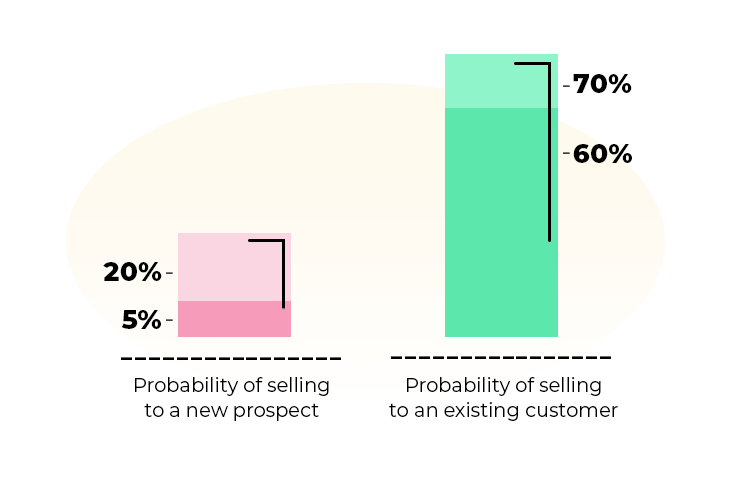
Effective cross selling leads to bigger sales and higher profits. According to research, the probability of selling to an existing customer is around 60-70%, while the probability of selling to a new prospect is only 5-20%. Cross selling to loyal customers costs little and yields much.
Cross selling also boosts customer lifetime value and satisfaction. By meeting more of their needs, you give customers a reason to stick with you for the long haul. And happy, loyal customers are your best promoters, referring others and helping your business grow through word-of-mouth.
With a platform like vcita, cross selling is easy. You have a 360-degree view of each customer and can see the services they use as well as potential needs you could meet. Then, targeted email campaigns, SMS messages, and personal outreach help educate customers on complementary offerings and prompt them to act.
Identifying cross selling opportunities
As a business owner, you probably already have a good sense of what your customers tend to buy together. But identifying cross selling opportunities in a systematic way can uncover hidden gems and open up new revenue streams.
Start by auditing your customer data to see what products or services are frequently purchased together. Are there any patterns? For example, if many of your consulting clients also sign up for your online video course, that signals an opportunity. You could offer a bundle with a discount to incentivize more people to buy both.
You should also analyze what products or services you currently don’t offer that would complement your existing offering well. That might mean exploring how you can enhance your platform by integrating additional tools like CRM software, email marketing, or payment processing. Providing a one-stop solution will make you that much more valuable to your clients.
Promoting cross sells effectively
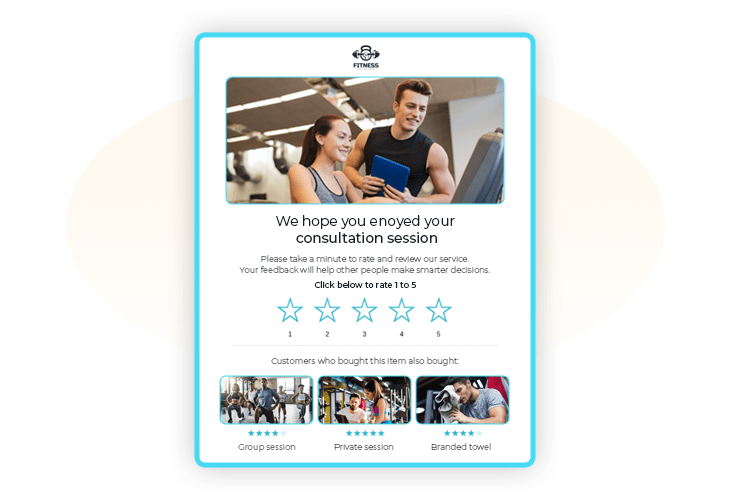
Once you’ve identified some good cross selling opportunities, the next step is promoting them to your customers. Some of the most effective ways include:
- Emailing existing customers with recommendations for complementary products or services they might be interested in based on their purchase history. For example, “Customers who bought X also frequently purchased Y.”
- Offering bundle pricing or package deals that make it more affordable to buy multiple products together. For example, 10% off if you buy both X and Y.
- Highlighting cross sell offers on your website, especially on product pages. For example, “Frequently bought together” sections that encourage people to add multiple items to their cart.
- Training your sales team to suggest related products or services during the sales process. For example, mentioning your video course when selling consulting services.
- Using retargeting ads to display cross sell offers to people who have already shown interest. For example, showing an ad for your CRM tool to someone who visited your website’s appointment scheduling page.
Cross selling is a highly effective strategy, but you must be proactive about identifying opportunities and promoting the right offers to the right people at the right time. With the right approach, cross selling can significantly impact your bottom line.
How to craft a cross selling strategy
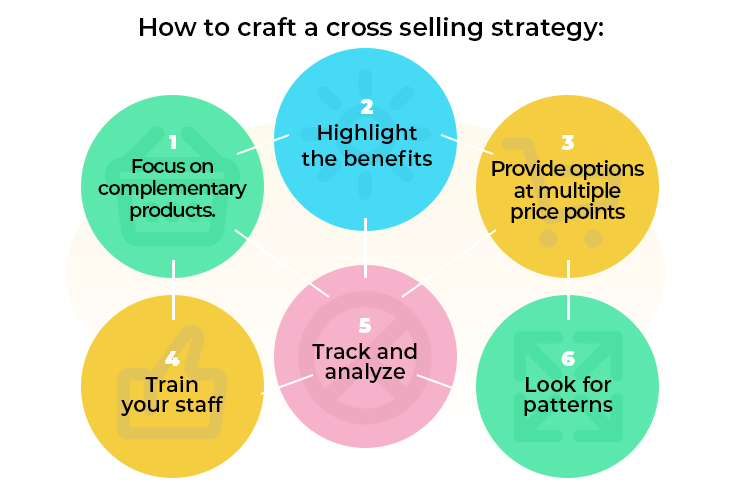
A successful cross selling strategy requires planning and forethought. It’s not as simple as just pushing any old product on your customers and hoping for the best. To craft an effective cross selling strategy, keep these tips in mind:
Focus on complementary products. The most effective cross sells are related or complementary to what the customer is already buying. For example, if someone is purchasing a laptop, suggest additional products like a wireless mouse, laptop case or external storage drive. Bundling these types of complementary products together in a package deal is an easy way to boost sales.
Highlight the benefits. Explain how the cross sell item enhances or improves the use of the original product. For the laptop customer, point out how an external drive expands storage or how a wireless mouse makes navigation more convenient. Focus on how you’re solving more of their needs.
Provide options at multiple price points. Have good, better and best options to suit different budgets. The customer who can only afford a basic laptop may not splurge on expensive accessories but could be enticed by lower-priced extras. Offer a range so you have something for everyone.
Train your staff. Employees on the front lines need to understand your cross selling strategy so they can properly suggest complementary products to customers. Train them on the benefits of each item so they can speak knowledgeably about the products. Their enthusiasm and confidence in the cross sell will sway the customer.
Track and analyze. Monitor which cross selling offers customers respond to best using your sales data and analytics.
Look for patterns to determine the most effective products, bundles and messaging. Refine your strategy over time based on these insights. With continuous optimization, your cross selling strategy will be an engine for profits.
An effective cross selling strategy, combined with a great customer experience, is a recipe for boosting your revenue and building loyalty. With some forethought and the right techniques, cross selling can be your secret weapon for success.
Implementing your cross selling plan
Now that you have a solid cross selling plan in place, it’s time to put it into action. The key is starting small and building up from there. Don’t try to implement everything at once. Begin with one product or service to cross sell based on your key buyer segments and work your way through the list.
Start with your best customers
Your existing loyal customers are the perfect place to start. You already have a relationship and trust built up, and they’re more likely to be receptive to recommendations from you. Review their purchase history and see what complementary add-ons or upgrades you can suggest based on what they’ve already bought. A simple email campaign with curated suggestions for each customer is an easy way to get started.
Train your staff
Your employees are on the front lines and interact directly with your customers. Train them on your new cross selling techniques and strategies.
Explain your key products and services, target customer profiles, and the specific benefits and solutions for each. Equip them with the knowledge and confidence to make appropriate recommendations to customers. Provide incentives for staff as they start actively cross selling.
Refine and improve
Track the performance of your cross selling campaigns and strategies. See which products and services generate the most interest and revenue.
Look for patterns in your most receptive customer profiles. Make changes to your messaging, offers, and targeting based on your insights. Continually optimize your cross selling plan to boost its effectiveness and better serve both your business and your customers.
Cross selling is a powerful way to grow your business, but only if done properly. Start small, focus on value to the customer, and keep improving and optimizing based on real data and feedback. Do that, and cross selling can become your not-so-secret weapon for boosting profits.
Measuring and optimizing your cross selling results
Once you have your cross selling strategy in place, it’s time to start measuring your results to see what’s working and what could use some improvement. Some key metrics to track include:
Conversion rates
This tells you the percentage of customers who actually purchased an additional product or service after it was offered to them. Aim for at least a 10-20% conversion rate to start. If it’s lower than that, you may need to revisit your targeting or sales scripts.
Average order value
See if cross selling is helping customers spend more per purchase. Track how the average total dollar amount of each order changes over time. Any increase is a good sign your cross selling efforts are paying off.
Customer retention and loyalty
Cross selling to existing customers helps strengthen their loyalty to your business. Monitor how long customers continue to purchase from you and how often they come back. High retention and repeat purchase rates indicate your cross selling strategy is enhancing the customer experience.
Product bundles
Grouping related products and services together in a bundle is an easy way to cross sell. Track which bundles are the most popular and see if you can create additional bundles over time. Bundles also make great upsell opportunities for existing customers.
Don’t be afraid to experiment with different cross selling techniques, messaging, and product groupings. See what resonates most with your customers and optimize from there. You might also conduct surveys or interviews to get direct feedback on their experience with your cross selling efforts.
The data and insights you gain can help fuel continuous improvement to your cross selling strategy. Keep tweaking and optimizing, and you’ll be boosting your bottom line in no time! With the right tools and metrics in place, cross selling can become your secret weapon for unlocking new revenue and building a loyal customer base.
Conclusion
So, there you have it, folks. cross selling is truly the secret weapon every business needs to boost profits and gain a competitive edge. When done right, cross selling allows you to tap into new revenue streams, increase customer loyalty, and gain valuable insights into your customer’s needs.
The key is identifying logical product and service bundles, training your team, tracking key metrics, and optimizing your efforts based on the data. Implement these cross selling best practices and watch your bottom line grow. Your customers will thank you, and your business will thrive.
























